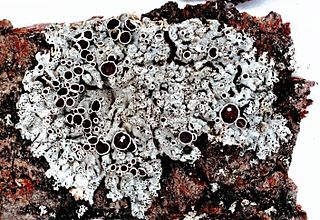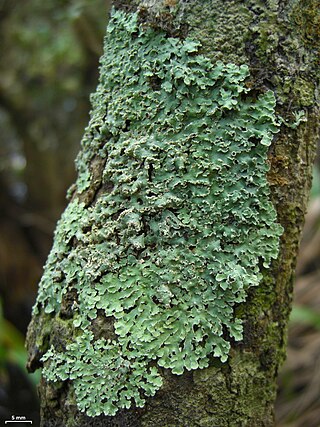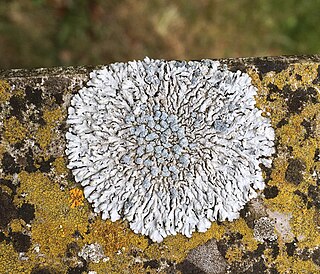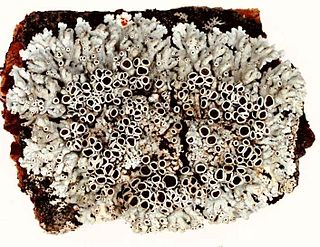Ross 154 is a star in the southern zodiac constellation of Sagittarius. It has an apparent visual magnitude of 10.44, making it much too faint to be seen with the naked eye. At a minimum, viewing Ross 154 requires a telescope with an aperture of 6.5 cm (3 in) under ideal conditions. The distance to this star can be estimated from parallax measurements, which places it at 9.71 light-years away from Earth. It is the nearest star in the southern constellation Sagittarius, and one of the nearest stars to the Sun.

The SR engine is a series of 1.6 L (1,596 cc), 1.8 L (1,838 cc) or 2.0 L (1,998 cc) straight-four, four-stroke gasoline engines manufactured by Nissan. It has an aluminium head and block with steel sleeves and has a DOHC 4-valve design, with variable valve timing on select models.
The long hundred, also known as the great hundred or twelfty, is the number 120 that was referred to as hund,hund-teontig,hundrað, hundrath, or hundred in Germanic languages prior to the 15th century, and is now known as one hundred twenty, or six score. The number was translated into Latin in Germanic-speaking countries as centum, but the qualifier long is now added because English now uses hundred exclusively to refer to the number of five score (100) instead.

Malahat is an unincorporated area in the Cowichan Valley, with municipal-type services delivered by the Cowichan Valley Regional District. What could be considered the hub of the community is a small collection of businesses that includes the Malahat Gas station and the Malahat Chalet and the Moon Water Lodge.

Physcia stellaris is a species of lichen. It is pale grey, but darker in the centre, and lacks isidia, lobules, soredia and pruina.It tests positive K+ yellow upper cortex with a 10% potassium hydroxide solution. In North America, it is known colloquially as the fringed rosette lichen.

Sooke Potholes Provincial Park is a 7.28 hectare provincial park in British Columbia, Canada. It is adjacent to the Sooke River and Sooke Potholes Regional Park, near Victoria, B.C. Intended primarily to provide access to the Sooke River and the associated potholes, it also offers wildlife viewing and other day-use activities.

Chōshō (長承) was a Japanese era name after Tenshō and before Hōen. This period spanned the years from August 1132 through November 1135. The reigning emperor was Sutoku-tennō (崇徳天皇).

Physcia is a genus of lichen-forming fungi in the family Physciaceae. The widely distributed genus contains about 80 species. The genus is cosmopolitan, and has been extensively studied in various regions in the past several decades, with significant biodiversity in South America identified as a central diversity hotspot. Physcia species are foliose, lobate lichens that grow with a loose to close appressed habit. Their upper surface is typically whitish, pale greenish, green-grey, or dark grey in colour. The thallus colour remains relatively unchanged when moistened. Physcia lichens typically grow on bark, on wood, or rock, although they have occasionally been recorded dwelling on man-made structures. They thrive in nutrient-rich environments and are expanding rapidly in urban areas of the United Kingdom previously affected by SO2 pollution.
Rippon Glacier is a small glacier located in Kemp Land, East Antarctica. It is close east of Seaton Glacier, flowing southward into Edward VIII Ice Shelf.

The Central South African Railways Class C 2-8-4T of 1900 was a South African steam locomotive from the pre-Union era in Transvaal.
Mason Ellsworth Hale, Jr. was one of the most prolific American lichenologists of the 20th century. Many of his scholarly articles focused on the taxonomy of the family Parmeliaceae. Hale was one of the first lichen experts to incorporate secondary chemistry and technology such as computers and scanning electron microscopy into taxonomic work. Mason Hale published approximately two hundred articles and books on various aspects of lichen biology including taxonomy, anatomy, chemistry, and ecology. Hale also wrote several books aimed at education and increasing accessibility to lichens.

Physcia caesia, known colloquially as blue-gray rosette lichen and powder-back lichen, is a species of foliose lichenized fungus. First described by Georg Franz Hoffmann in 1784, it is common across much of Europe, North America and New Zealand, and more patchily distributed in South America, Asia, Australia and Antarctica. There are 2 subspecies: P. c. caesia and P. c. ventosa, as well as a number of distinct forms and varieties. Molecular studies suggest that the species as currently defined may be polyphyletic. It is typically pale gray shading to darker gray in the center, and grows in a small rosette, usually some 2–3 cm (0.79–1.18 in) across at maturity. It only rarely has apothecia, instead reproducing most often vegetatively via soredia, which are piled in round blue-gray mounds across the thallus's upper surface. It grows most often on rock—principally calcareous, but also basaltic and siliceous—and also occurs on bone, bark and soil. It is nitrophilic and is particularly common on substrates where birds perch.

Shaun is a British YouTuber. Video essays by Shaun have covered popular culture and politics, specifically to critique neoliberalism, anti-feminism, and the alt-right.
Bryostigma epiphyscium is a species of lichenicolous fungus in the order Arthoniales. Formerly classified in the genera Arthonia and Conida, it was transferred to the genus Bryostigma in 2020.

Physcia aipolia, commonly known as the Hoary rosette lichen, is a lichen species of fungus in the genus Physcia, and family Lecanoromycetes. Physcia aipolia is a species of lichen in the family Physciaceae. It has a worldwide distribution.Physcia aipolia is a known host species to the lichenicolous fungus species Muellerella lichenicola. It is characterized by the pale blue to gray thallus with many apothecia. Physcia aipolia is a common, widely distributed species, and can be found growing on a variety of trees and branches.
Physcia rhizinata is a species of corticolous (bark-dwelling), lichenized fungus in the family Physciaceae. It is a "typically fertile species lacking asexual propagules" commonly mistaken for P. stellaris due to their physical similarities. It has a close evolutionary relationship with P. occidentalis despite being morphologically dissimilar.

Physciella chloantha is a species of foliose lichen in the family Physciaceae. The lichen, which occurs in diverse regions including the Upper Midwest of the US, Europe, Japan, Pakistan, and European Russia, is common in certain areas. Its thallus forms circular patches up to 3 cm in diameter, made up of many small, discrete lobes that can grow together to cover large areas, often intermingling with other lichen species. These lobes, which vary from short and rounded to slightly elongated, have numerous soralia on their edges and surfaces, while the undersides are white to pale tan with sparse rhizines. Apothecia are uncommon in this species. Physciella chloantha is known to grow on bark and on rocks.
Physcia ucrainica is a species of foliose lichen in the family Physciaceae, described from the Crimean Peninsula. It occupies a transitional phylogenetic position related closely to both the Physcia adscendens and Physcia stellaris groups.










